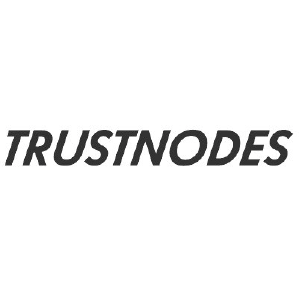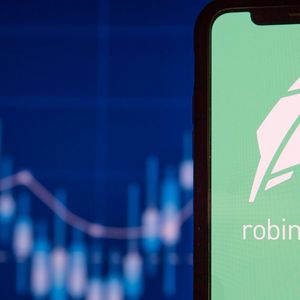The decentralized finance (DeFi) sector is among the biggest drivers of value accrual and revenue creation for crypto projects, but its complexity often leaves users tangled in a web of blockchains, bridges, wallets and tokens. However, a technical update by Hyperliquid is making that process easier for both developers and users, with the direct linking of tokens on HyperCore and HyperEVM platforms now being possible. HyperCore is its native platform for spot assets (think tokens you can trade directly), and HyperEVM, an Ethereum Virtual Machine (EVM) network that executes smart contracts on Ethereum. Tokens on HyperCore, dubbed “Core spot,” can be linked to their counterparts on HyperEVM and are called “EVM spot.” Once linked, users can transfer them using simple actions — like a “spotSend” on HyperCore or a standard ERC-20 transfer on HyperEVM. Linking a core spot token to an EVM spot token isn’t automatic. The process starts with the token’s “spot deployer,” or the entity behind it, which ensures the token’s supply matches up on both sides of the transaction. Then, they send a “spot deploy action” to HyperCore, proposing an ERC-20 contract on HyperEVM to pair with their token. Next comes verification. If the EVM contract was deployed directly by an individual, they confirm it with a specific transaction nonce (a unique number assigned to each transfer on a blockchain). If it was deployed by another contract (say, a multisig for added security), the contract’s first storage slot must point to the HyperCore deployer’s address. Finally, a “finalize” action locks it all in place — ensuring both sides agree on the link. Allowing linking lets users tap into Ethereum’s DeFi ecosystem — such as lending, borrowing, and trading — without leaving the Hyperliquid ecosystem entirely. Why Does it Matter? But how does that matter? It’s because moving tokens between ecosystems isn’t a straightforward process. Take Ethereum as an example, with billions locked in protocols like Aave or Uniswap. But if someone wants to send a token from another network, say Solana, they need a bridge — a third-party service that locks your tokens on one side and mints a wrapped version on the other. That comes with a security risk, as bridges remain one of the most exploited blockchain-based services in recent years. The above friction exists even within Ethereum’s ecosystem, as moving assets between its mainnet and layer 2 blockchain (such as Optimism or Arbitrum) isn’t always seamless. Hyperliquid’s approach is different from just bolting on a bridge. HyperCore is a high-speed, purpose-built platform for spot trading, while HyperEVM is an EVM-compatible layer that taps into Ethereum’s DeFi toolkit. By letting tokens move directly between them — without a third-party intermediary — developers can create products that cut out the technical chops required to move assets (which is easy for heavy crypto users, but may be challenging for beginners). Tokens like HYPE, HyperEVM’s gas token, don’t need a separate ERC20 contract to work on both sides. Send HYPE from HyperCore, and it lands as native gas on HyperEVM. Send it back to HyperCore via a system address (0x222), and it’s credited instantly based on an event log. It’s not perfect just yet; however, Hyperliquid warned in its technical documents that risks of unverified contracts or supply mismatches exist as of Tuesday.
 Bitcoin and Stocks Shrug Off Tramp’s Tarrifs
Bitcoin and Stocks Shrug Off Tramp’s Tarrifs










